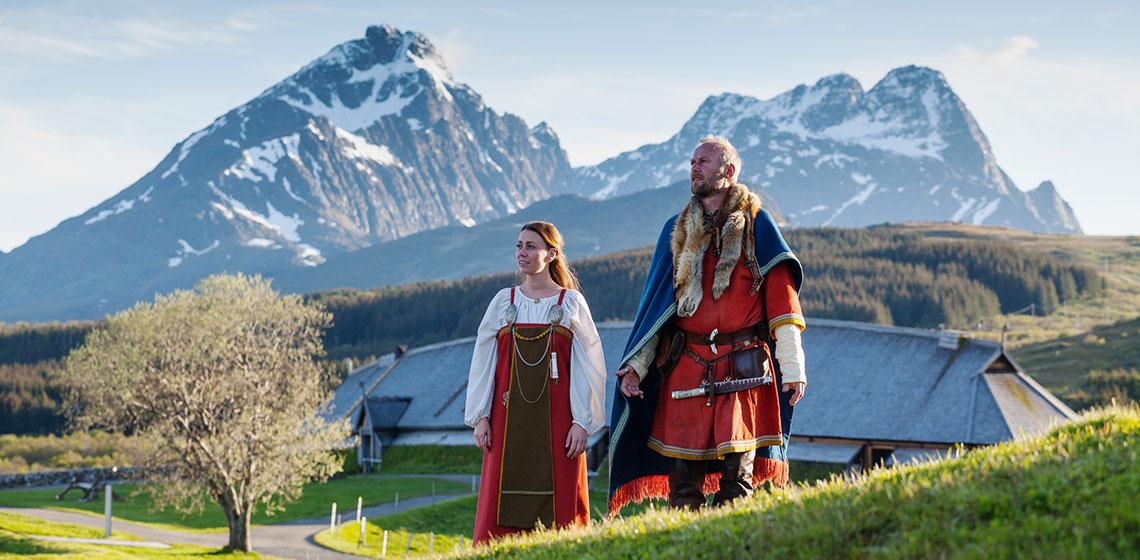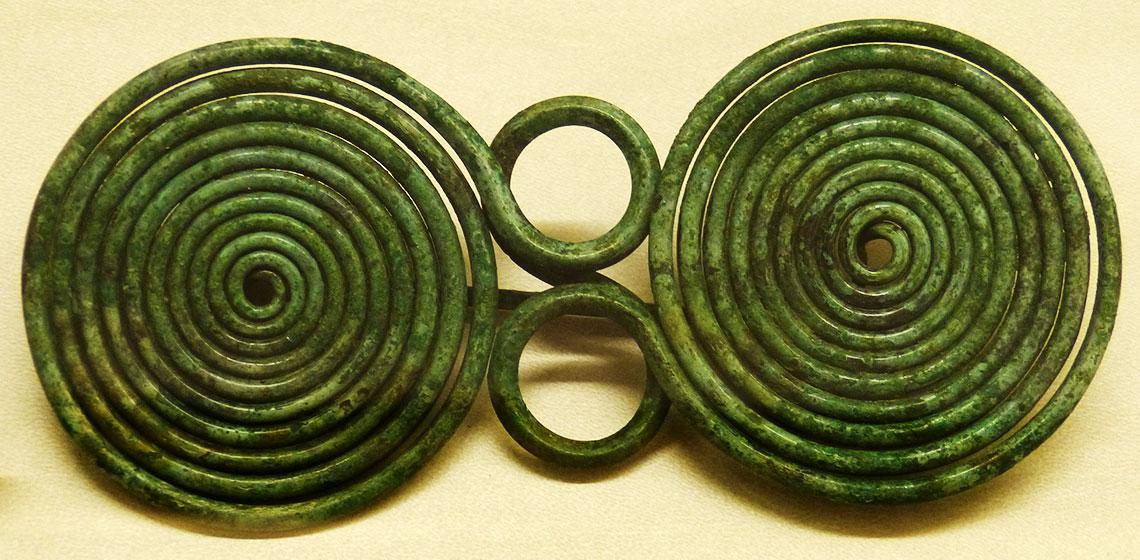Bajuwarenhof Kirchheim (DE)
Near München archaeologists and volunteers constructed a house and several other structures.
Upper Bavaria 1400 years ago... How did people live at that time? What did their houses look like, their working tools and other items of everyday's life? What kind of clothes did they wear, how were fabrics woven, dyed and worked? What did they eat, how did they bake bread, conserve meat or brew mead?
Near Muenich archaeologists and volunteers constructed a house and several other structures. Upper Bavaria 1400 years ago... How did people live at that time? What did their houses look like, their working tools and other items of every day's life?...









